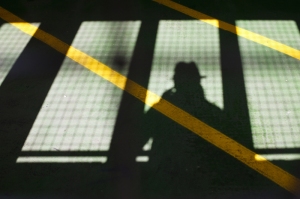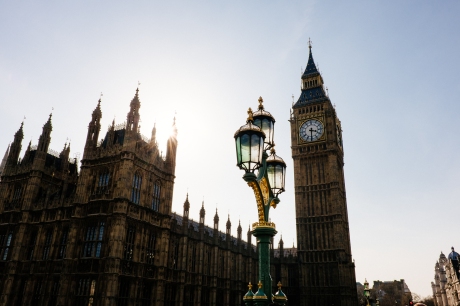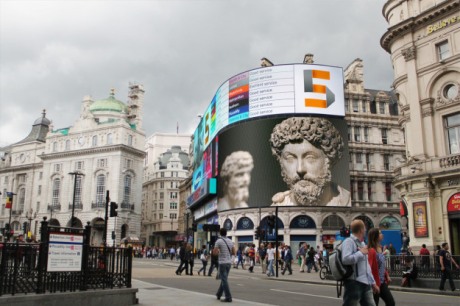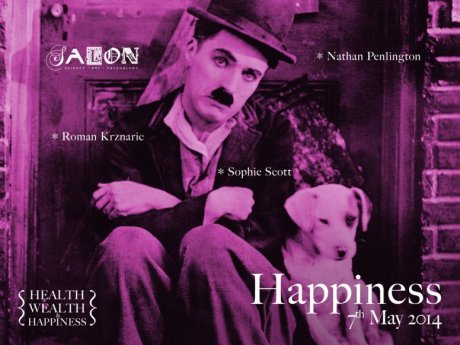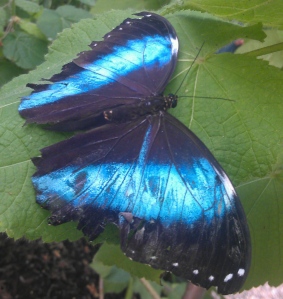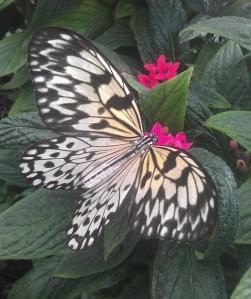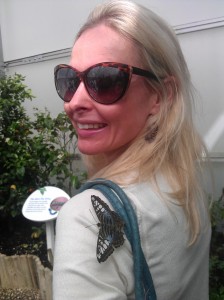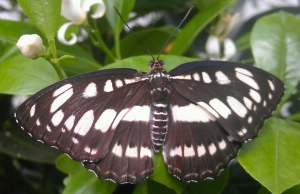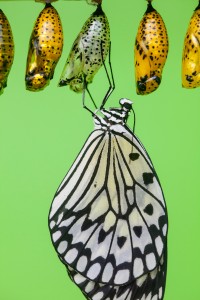
Dr. Julia Kim at Central Hall Westminster, London
In July I had the pleasure of attending a lecture by Dr. Julia Kim (Senior Program Advisor at the Gross National Happiness (GNH) Centre in Bhutan) at the rather grand Central Hall Westminster. I always had a feeling that I’d like to visit Bhutan, and this lecture very much reinforced my enthusiasm to visit this beautiful country.
Myself and maybe 80 or so other wellbeing professionals were invited by What Works Wellbeing, a new government-funded organisation set up to build on the work of Lord Gus O’Donnell, Lord Richard Layard and other high profile wellbeing policy advocates. The central goal of What Works Wellbeing is to investigate, through an evidence-based approach, which policies genuinely boost the wellbeing of communities throughout the UK. This evidence can then be used to both inform government policy and persuade the public of the central role that wellbeing plays in a healthy society.
There is an opportunity to radically alter the policy-making process here and enhance wellbeing on a grand scale: it’s an exciting possibility. I attended an APPG on Wellbeing Economics at the Houses of Parliament last summer, and remember Lord Gus O’Donnell describing wellbeing as “the most important issue the public sector faces”.
However, it won’t be a quick or easy journey. While the Office of National Statistics began gathering wellbeing data on a national scale in 2011, the UK is still very much focused on using Gross Domestic Product (GDP) as the central tool to measure how we are faring as a nation. It is worth remembering that GDP came to prominence as a quick fix in the US during the chaos and anxiety of the Great Depression in the 1930s. It was designed to assist a nation in a state of emergency. The intention was never for GDP to support the long term social and economic development of nations, and many economists point to the shortcomings of GDP as a tool to measure socio-economic progress. For example, GDP increases when sales of heroin, crack cocaine and prostitution services increase. If we pollute our natural environment or go to war, GDP will most likely shoot up. When local volunteering, social trust or grassroots political engagement goes up, GDP doesn’t budge an inch.
So what’s the alternative? This is the question What Works Wellbeing will investigate over the next three years. Bhutan has been collecting wellbeing data and implementing successful wellbeing policies for decades. The concept of wellbeing is integral to the history of Bhutan. The following phrase was written into the Legal Code of Bhutan in 1729: “if the Government cannot create happiness (dekid) for its people, there is no purpose for the Government to exist.”
Dr. Julia Kim drew on her many years of experience as a physician and global health advisor for the UN and elsewhere (in addition to her current work as a senior advisor at the GNH Centre in Bhutan) to describe the nature of the wellbeing crisis we are facing not just in the UK but in many societies across the globe.
What does a truly developed country look like? Dr. Kim cited research by social epidemiologists Richard Wilkinson and Kate Pickett (authors of The Spirit Level) that revealed just how damaging social and economic inequality is for wellbeing on a national scale, regardless of increases in GDP. For example, the US is one of the richest economies in the world, but ranks only 17th in life satisfaction league tables. Research shows again and again that wealth does contribute to life satisfaction but, above a basic level, increases in personal wealth come with rapidly diminishing marginal returns on happiness/life satisfaction. Economic inequality harms the rich as well as the poor, according to this research by Wilkinson and Pickett. Health and social problems, such as literacy levels, homicide, imprisonment, drug and alcohol addiction, obesity and mental illness are all far more prevalent in unequal societies – the ones that prioritise GDP above all else.
In 2012 Dr. Kim attended a UN high level meeting in New York on ‘Happiness and Wellbeing: Defining a New Economic Paradigm’. More than 800 delegates attended, including government ministers, diplomats, economists and Nobel laureates. The delegates largely agreed that the current paradigm of nations pursuing perpetual GDP growth, on the assumption that this will lead to happiness and wellbeing, is deeply flawed. It was also agreed that a new paradigm, one that reconnects economies with society and nature, and views sustainable wellbeing of all life as the purpose of development, is urgently needed.
In terms of following the Bhutanese model, Dr. Kim stressed that ‘happiness’ and ‘wellbeing’ need to be properly defined. These terms should be used to describe a deeper sense of connection, contentment and flourishing for each individual in society. Similar to the ancient Greek concept of eudaemonia. It should not be used to describe fleeting positive moods or emotions, which cannot be managed by government policy.
Dr. Kim described how the GNH survey the population of Bhutan in order to understand their lives and levels of wellbeing better. The national survey looks at 33 different indicators of life satisfaction, of which income is just one indicator. The government then uses this data to inform its five year plan and implement policies that will support the true development of Bhutanese society.
Critics may wonder how much all of this wellbeing work costs. However, comparative data suggests that over the past decade Bhutan’s GDP growth rate exceeded that of most emerging Asian economies and, unlike many European economies, unemployment remains low (less than 4% since 2005). Over the past two decades, life expectancy has increased by 20 years and is higher than any country in south Asia (including India). Infant mortality rates have halved (1990-2011), fertility rates have fallen from 6.5 to 2.4. The government provides free basic healthcare and free primary and secondary education.
Unlike other countries with strong economic growth, Bhutan prioritises environmental conservation and has increased forest cover from 65% to 80% (1990-2010). Over half of Bhutan’s land mass comprises protected areas, biological corridors and conservation areas.
Mental illness has become an enormous problem in developed societies, particularly the US and the UK. Depression now ranks 1st in the list of contributors to disease burden in high and mid-income countries. In Bhutan, there is a strong belief throughout society that happiness and wellbeing can be cultivated, through practices such as mindfulness and also through citizens nurturing their personal relationships. Essentially, wellbeing is viewed as a skill which must be practised in order for the individual to experience it – it is not something that simply happens randomly to some individuals and not others (as is often thought in western societies). So practising mindfulness meditation, being a good citizen, caring for the environment and resisting consumerism (public advertising is very scarce) are all part of the culture in Bhutan, and these practices are clearly having a powerful effect on the wellbeing of the population as a whole.
Dr. Kim praised the work that has already taken place in the UK around wellbeing policy development, and urged individuals and communities to play an active role in bringing this vision of a healthier society to fruition.
She emphasised the importance of baby steps and small shifts in thinking, in addition to large-scale political action, and quoted Albert Einstein: “The world as we created it is a product of our thinking. It cannot be changed without changing our thinking.”




